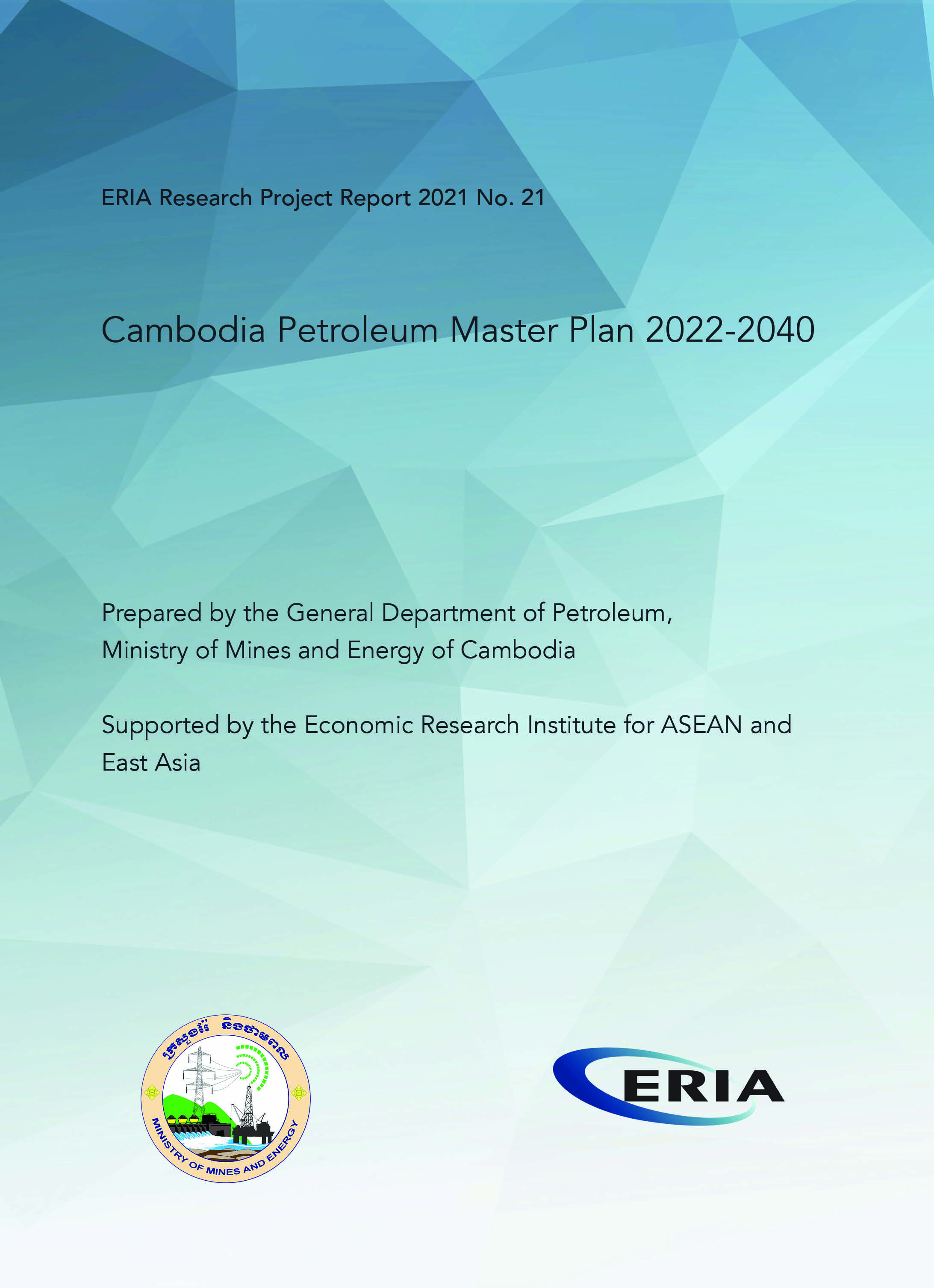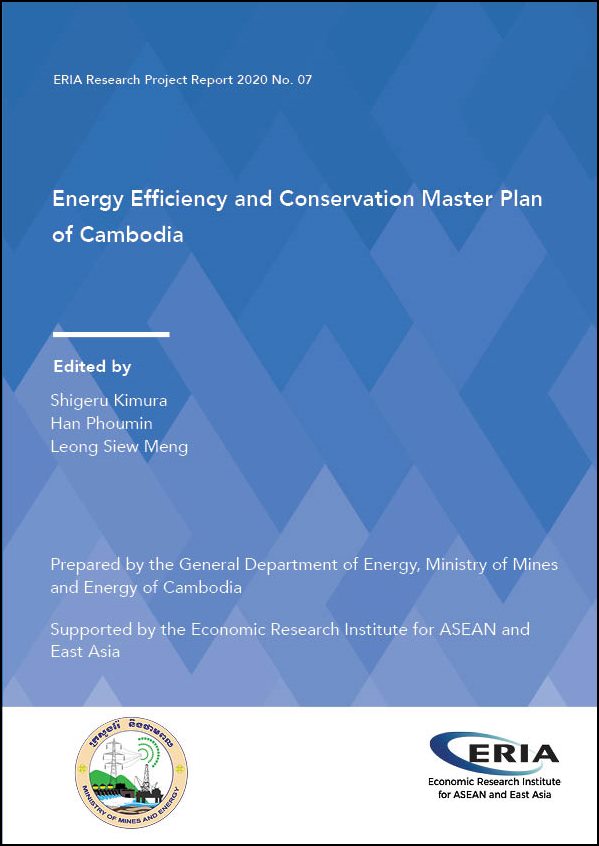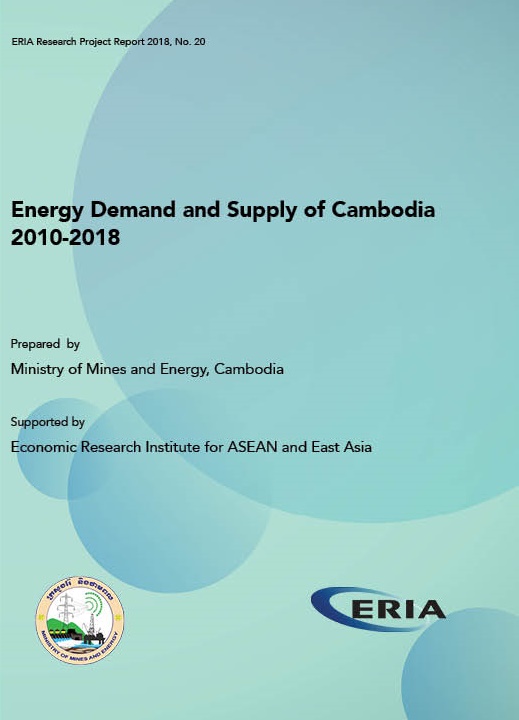A PHP Error was encountered
Severity: Warning
Message: unlink(/tmp/ci_admin_sessionmu5t6di3hhts71f0tv93bc7ut90f6ijq): Operation not permitted
Filename: drivers/Session_files_driver.php
Line Number: 388
Backtrace:
File: /var/www/vhosts/eria.org/httpdocs/application/controllers/Research.php
File: /var/www/vhosts/eria.org/httpdocs/index.php
A PHP Error was encountered
Severity: Warning
Message: unlink(/tmp/ci_admin_sessionirg4ffebv8h00j79bqamp8h2goh6gqbr): Operation not permitted
Filename: drivers/Session_files_driver.php
Line Number: 388
Backtrace:
File: /var/www/vhosts/eria.org/httpdocs/application/controllers/Research.php
File: /var/www/vhosts/eria.org/httpdocs/index.php
A PHP Error was encountered
Severity: Warning
Message: unlink(/tmp/ci_admin_sessionempd46fnp2fmefj63mvr70ann41g2t02): Operation not permitted
Filename: drivers/Session_files_driver.php
Line Number: 388
Backtrace:
File: /var/www/vhosts/eria.org/httpdocs/application/controllers/Research.php
File: /var/www/vhosts/eria.org/httpdocs/index.php
A PHP Error was encountered
Severity: Warning
Message: unlink(/tmp/ci_admin_sessionhpfkb45gkhtvccbnj7v1fm32rkltnn16): Operation not permitted
Filename: drivers/Session_files_driver.php
Line Number: 388
Backtrace:
File: /var/www/vhosts/eria.org/httpdocs/application/controllers/Research.php
File: /var/www/vhosts/eria.org/httpdocs/index.php
A PHP Error was encountered
Severity: Warning
Message: unlink(/tmp/ci_admin_session2bl65q25e8sgqro64g8uu1lkoqm05610): Operation not permitted
Filename: drivers/Session_files_driver.php
Line Number: 388
Backtrace:
File: /var/www/vhosts/eria.org/httpdocs/application/controllers/Research.php
File: /var/www/vhosts/eria.org/httpdocs/index.php
A PHP Error was encountered
Severity: Warning
Message: unlink(/tmp/ci_admin_sessionc559akmo070nv4jk634cm9q89726noh1): Operation not permitted
Filename: drivers/Session_files_driver.php
Line Number: 388
Backtrace:
File: /var/www/vhosts/eria.org/httpdocs/application/controllers/Research.php
File: /var/www/vhosts/eria.org/httpdocs/index.php
A PHP Error was encountered
Severity: Warning
Message: unlink(/tmp/ci_admin_sessionjcfnokn4hga752mkmptc88kbnknh566m): Operation not permitted
Filename: drivers/Session_files_driver.php
Line Number: 388
Backtrace:
File: /var/www/vhosts/eria.org/httpdocs/application/controllers/Research.php
File: /var/www/vhosts/eria.org/httpdocs/index.php
A PHP Error was encountered
Severity: Warning
Message: unlink(/tmp/ci_admin_sessionpsonlmlvu0v5cu45u8k19m36e5doerkv): Operation not permitted
Filename: drivers/Session_files_driver.php
Line Number: 388
Backtrace:
File: /var/www/vhosts/eria.org/httpdocs/application/controllers/Research.php
File: /var/www/vhosts/eria.org/httpdocs/index.php
A PHP Error was encountered
Severity: Warning
Message: unlink(/tmp/ci_admin_sessionogsl2c0jth6atjg1vprgo33tlo3g3mt6): Operation not permitted
Filename: drivers/Session_files_driver.php
Line Number: 388
Backtrace:
File: /var/www/vhosts/eria.org/httpdocs/application/controllers/Research.php
File: /var/www/vhosts/eria.org/httpdocs/index.php
A PHP Error was encountered
Severity: Warning
Message: unlink(/tmp/ci_admin_session4ma8uo0ou3l1724p0noulrfknvdisraa): Operation not permitted
Filename: drivers/Session_files_driver.php
Line Number: 388
Backtrace:
File: /var/www/vhosts/eria.org/httpdocs/application/controllers/Research.php
File: /var/www/vhosts/eria.org/httpdocs/index.php
A PHP Error was encountered
Severity: Warning
Message: unlink(/tmp/ci_admin_sessionrfhknhn9t77ha9d8lha42gnrrhv3i54q): Operation not permitted
Filename: drivers/Session_files_driver.php
Line Number: 388
Backtrace:
File: /var/www/vhosts/eria.org/httpdocs/application/controllers/Research.php
File: /var/www/vhosts/eria.org/httpdocs/index.php
A PHP Error was encountered
Severity: Warning
Message: unlink(/tmp/ci_admin_sessionucqes8oc98t0o9hjl412c2prc83cre8s): Operation not permitted
Filename: drivers/Session_files_driver.php
Line Number: 388
Backtrace:
File: /var/www/vhosts/eria.org/httpdocs/application/controllers/Research.php
File: /var/www/vhosts/eria.org/httpdocs/index.php
A PHP Error was encountered
Severity: Warning
Message: unlink(/tmp/ci_admin_session0ouvltgnf3k3dp4rv946or1fm6l8asiu): Operation not permitted
Filename: drivers/Session_files_driver.php
Line Number: 388
Backtrace:
File: /var/www/vhosts/eria.org/httpdocs/application/controllers/Research.php
File: /var/www/vhosts/eria.org/httpdocs/index.php
A PHP Error was encountered
Severity: Warning
Message: unlink(/tmp/ci_admin_sessionrnl9o9bgusm07c0u70cq4ead4ug471c7): Operation not permitted
Filename: drivers/Session_files_driver.php
Line Number: 388
Backtrace:
File: /var/www/vhosts/eria.org/httpdocs/application/controllers/Research.php
File: /var/www/vhosts/eria.org/httpdocs/index.php
A PHP Error was encountered
Severity: Warning
Message: unlink(/tmp/ci_admin_session9dodnlgi08c3nofsc14telutu41nq7vb): Operation not permitted
Filename: drivers/Session_files_driver.php
Line Number: 388
Backtrace:
File: /var/www/vhosts/eria.org/httpdocs/application/controllers/Research.php
File: /var/www/vhosts/eria.org/httpdocs/index.php
A PHP Error was encountered
Severity: Warning
Message: unlink(/tmp/ci_admin_session7juul5ovt3ie84ciqirdlrevppl07eqb): Operation not permitted
Filename: drivers/Session_files_driver.php
Line Number: 388
Backtrace:
File: /var/www/vhosts/eria.org/httpdocs/application/controllers/Research.php
File: /var/www/vhosts/eria.org/httpdocs/index.php
A PHP Error was encountered
Severity: Warning
Message: unlink(/tmp/ci_admin_sessionpa63fseitrdj0ktpfr8suqk0kog4t934): Operation not permitted
Filename: drivers/Session_files_driver.php
Line Number: 388
Backtrace:
File: /var/www/vhosts/eria.org/httpdocs/application/controllers/Research.php
File: /var/www/vhosts/eria.org/httpdocs/index.php
A PHP Error was encountered
Severity: Warning
Message: unlink(/tmp/ci_admin_sessionsdvj41hu5tsdbkk18ia25qdk1bpgamc7): Operation not permitted
Filename: drivers/Session_files_driver.php
Line Number: 388
Backtrace:
File: /var/www/vhosts/eria.org/httpdocs/application/controllers/Research.php
File: /var/www/vhosts/eria.org/httpdocs/index.php
A PHP Error was encountered
Severity: Warning
Message: unlink(/tmp/ci_admin_session7rshu0kc3pviit55e6tn1n7dabd0r7cu): Operation not permitted
Filename: drivers/Session_files_driver.php
Line Number: 388
Backtrace:
File: /var/www/vhosts/eria.org/httpdocs/application/controllers/Research.php
File: /var/www/vhosts/eria.org/httpdocs/index.php
A PHP Error was encountered
Severity: Warning
Message: unlink(/tmp/ci_admin_session70adjekbnlf3q98jeq4fauas001ne9on): Operation not permitted
Filename: drivers/Session_files_driver.php
Line Number: 388
Backtrace:
File: /var/www/vhosts/eria.org/httpdocs/application/controllers/Research.php
File: /var/www/vhosts/eria.org/httpdocs/index.php
A PHP Error was encountered
Severity: Warning
Message: unlink(/tmp/ci_admin_sessionds4h2kuf7ri9m7go34f8e9k31khcdk8o): Operation not permitted
Filename: drivers/Session_files_driver.php
Line Number: 388
Backtrace:
File: /var/www/vhosts/eria.org/httpdocs/application/controllers/Research.php
File: /var/www/vhosts/eria.org/httpdocs/index.php
A PHP Error was encountered
Severity: Warning
Message: unlink(/tmp/ci_admin_sessiondnpjl0oh249ltq94l6b5td4cb0te27cn): Operation not permitted
Filename: drivers/Session_files_driver.php
Line Number: 388
Backtrace:
File: /var/www/vhosts/eria.org/httpdocs/application/controllers/Research.php
File: /var/www/vhosts/eria.org/httpdocs/index.php
A PHP Error was encountered
Severity: Warning
Message: unlink(/tmp/ci_admin_sessionigtsa4gfe1gshe3d8oe8t42tb4mg20np): Operation not permitted
Filename: drivers/Session_files_driver.php
Line Number: 388
Backtrace:
File: /var/www/vhosts/eria.org/httpdocs/application/controllers/Research.php
File: /var/www/vhosts/eria.org/httpdocs/index.php
A PHP Error was encountered
Severity: Warning
Message: unlink(/tmp/ci_admin_sessionrr03rgr9333b0hfss6uopdvuphhucjkf): Operation not permitted
Filename: drivers/Session_files_driver.php
Line Number: 388
Backtrace:
File: /var/www/vhosts/eria.org/httpdocs/application/controllers/Research.php
File: /var/www/vhosts/eria.org/httpdocs/index.php
A PHP Error was encountered
Severity: Warning
Message: unlink(/tmp/ci_admin_sessionqrrbnep9q6qeu39snn3msg54uf6qp1j1): Operation not permitted
Filename: drivers/Session_files_driver.php
Line Number: 388
Backtrace:
File: /var/www/vhosts/eria.org/httpdocs/application/controllers/Research.php
File: /var/www/vhosts/eria.org/httpdocs/index.php
A PHP Error was encountered
Severity: Warning
Message: unlink(/tmp/ci_admin_sessionosdf2hv4mqc78nuicbuub8blt392mi5s): Operation not permitted
Filename: drivers/Session_files_driver.php
Line Number: 388
Backtrace:
File: /var/www/vhosts/eria.org/httpdocs/application/controllers/Research.php
File: /var/www/vhosts/eria.org/httpdocs/index.php
A PHP Error was encountered
Severity: Warning
Message: unlink(/tmp/ci_admin_session87g5jcson89a4e12l69aqohr9el9b90b): Operation not permitted
Filename: drivers/Session_files_driver.php
Line Number: 388
Backtrace:
File: /var/www/vhosts/eria.org/httpdocs/application/controllers/Research.php
File: /var/www/vhosts/eria.org/httpdocs/index.php
A PHP Error was encountered
Severity: Warning
Message: unlink(/tmp/ci_admin_sessionm97dq6k4m5p1i6gtmf2rbbs3tjl63kdt): Operation not permitted
Filename: drivers/Session_files_driver.php
Line Number: 388
Backtrace:
File: /var/www/vhosts/eria.org/httpdocs/application/controllers/Research.php
File: /var/www/vhosts/eria.org/httpdocs/index.php
A PHP Error was encountered
Severity: Warning
Message: unlink(/tmp/ci_admin_session8bfm592i2o31imtrbcp0pcemva6vf98t): Operation not permitted
Filename: drivers/Session_files_driver.php
Line Number: 388
Backtrace:
File: /var/www/vhosts/eria.org/httpdocs/application/controllers/Research.php
File: /var/www/vhosts/eria.org/httpdocs/index.php
A PHP Error was encountered
Severity: Warning
Message: unlink(/tmp/ci_admin_sessionlrol4qiuce0bsdvmf8tfpq1973tfcisq): Operation not permitted
Filename: drivers/Session_files_driver.php
Line Number: 388
Backtrace:
File: /var/www/vhosts/eria.org/httpdocs/application/controllers/Research.php
File: /var/www/vhosts/eria.org/httpdocs/index.php
A PHP Error was encountered
Severity: Warning
Message: unlink(/tmp/ci_admin_session26f5s4gsmg3vfh1n68dc9vp1qqbs8oi0): Operation not permitted
Filename: drivers/Session_files_driver.php
Line Number: 388
Backtrace:
File: /var/www/vhosts/eria.org/httpdocs/application/controllers/Research.php
File: /var/www/vhosts/eria.org/httpdocs/index.php
A PHP Error was encountered
Severity: Warning
Message: unlink(/tmp/ci_admin_sessionbpabdnbe32q3o5ltfuv1slmsi3f291lo): Operation not permitted
Filename: drivers/Session_files_driver.php
Line Number: 388
Backtrace:
File: /var/www/vhosts/eria.org/httpdocs/application/controllers/Research.php
File: /var/www/vhosts/eria.org/httpdocs/index.php
A PHP Error was encountered
Severity: Warning
Message: unlink(/tmp/ci_admin_sessionuprdplpcco0omkopp1uo21l4nc48mnme): Operation not permitted
Filename: drivers/Session_files_driver.php
Line Number: 388
Backtrace:
File: /var/www/vhosts/eria.org/httpdocs/application/controllers/Research.php
File: /var/www/vhosts/eria.org/httpdocs/index.php
A PHP Error was encountered
Severity: Warning
Message: unlink(/tmp/ci_admin_sessionv4ub5l0f7ubfd6r27bgvlifq80m9uk0i): Operation not permitted
Filename: drivers/Session_files_driver.php
Line Number: 388
Backtrace:
File: /var/www/vhosts/eria.org/httpdocs/application/controllers/Research.php
File: /var/www/vhosts/eria.org/httpdocs/index.php
A PHP Error was encountered
Severity: Warning
Message: unlink(/tmp/ci_admin_sessionqamvpm46h0g29g9rplu8ajk1he4r0rc0): Operation not permitted
Filename: drivers/Session_files_driver.php
Line Number: 388
Backtrace:
File: /var/www/vhosts/eria.org/httpdocs/application/controllers/Research.php
File: /var/www/vhosts/eria.org/httpdocs/index.php
A PHP Error was encountered
Severity: Warning
Message: unlink(/tmp/ci_admin_session352qf39cjs043kg5g0nemhevg263ft38): Operation not permitted
Filename: drivers/Session_files_driver.php
Line Number: 388
Backtrace:
File: /var/www/vhosts/eria.org/httpdocs/application/controllers/Research.php
File: /var/www/vhosts/eria.org/httpdocs/index.php
A PHP Error was encountered
Severity: Warning
Message: unlink(/tmp/ci_admin_sessionrqh08kr3u2th9eqo6uck86jthg4g52r3): Operation not permitted
Filename: drivers/Session_files_driver.php
Line Number: 388
Backtrace:
File: /var/www/vhosts/eria.org/httpdocs/application/controllers/Research.php
File: /var/www/vhosts/eria.org/httpdocs/index.php
A PHP Error was encountered
Severity: Warning
Message: unlink(/tmp/ci_admin_sessionsi71d1u9907lj3nits6tbn2nt9dhl548): Operation not permitted
Filename: drivers/Session_files_driver.php
Line Number: 388
Backtrace:
File: /var/www/vhosts/eria.org/httpdocs/application/controllers/Research.php
File: /var/www/vhosts/eria.org/httpdocs/index.php
A PHP Error was encountered
Severity: Warning
Message: unlink(/tmp/ci_admin_session3fn3mhd8cjcbrrf06fgjukj5bnerah85): Operation not permitted
Filename: drivers/Session_files_driver.php
Line Number: 388
Backtrace:
File: /var/www/vhosts/eria.org/httpdocs/application/controllers/Research.php
File: /var/www/vhosts/eria.org/httpdocs/index.php
A PHP Error was encountered
Severity: Warning
Message: unlink(/tmp/ci_admin_sessiont9v62f0mihtc4ub5n8171j3sn5qv5fe2): Operation not permitted
Filename: drivers/Session_files_driver.php
Line Number: 388
Backtrace:
File: /var/www/vhosts/eria.org/httpdocs/application/controllers/Research.php
File: /var/www/vhosts/eria.org/httpdocs/index.php
Cambodia Petroleum Master Plan 2022-2040
We use cookies on this website to give you a better user experience. By continuing to
browse
the
site, you are
agreeing to our use of cookies. Learn
more
Accept
Research
Cambodia Petroleum Master Plan 2022-2040
Cambodia Petroleum Master Plan 2022-2040
Date:
8 February 2022
Tags:
Cambodia saw fast-growing demand for petroleum, especially oil, which had the highest share of total primary energy supply, in 2018 (42%). As a result, the oil supply rose at an average of 6% per year from 2010–2018. From 2017 to 2018 growth in demand for petroleum was nearly 10%, indicative of a rapid increase in oil transport demand (gasoline and diesel oil). Currently, all petroleum products are imported, and most are shipped by tankers from Thailand, Singapore, and Viet Nam. However, LPG can be imported by tanker-trucks from Thailand and Viet Nam, so the import route is different from gasoline and diesel oil. As petroleum demand is expected to grow to meet end-use demand, the transportation routes, receiving terminals, and distribution terminals of petroleum products must be adequately studied and assessed to ensure efficient logistics costs in Cambodia’s petroleum supply chain. The Ministry of Mines and Energy (MME) of Cambodia realises the need for a properly designed Petroleum Master Plan for the country to understand the entire petroleum supply chain in terms of logistics, storage, and distribution.
Full Report Cambodia Petroleum Master Plan 2022-2040
Contents Title page
Preface and Acknowledgements
Table of Contents
List of Project Members
List of Figures and Tables
List of Abbreviations
Executive Summary
Chapter 1 Review of Current and Future Petroleum Demand
Chapter 2 Survey on Macroeconomic Data in Cambodia
Chapter 3 Introduction of Energy Consumption Survey for Selected Provinces
Chapter 4 Current Petroleum Supply Chain in Cambodia
Chapter 5 Forecast of Petroleum Demand by Province in 2030 and 2040
Chapter 6 Optimal Future Petroleum Supply Chain
Chapter 7 Conclusion
Related Articles
Energy, ASEAN, Cambodia
30 July 2020
Editor(s)/Author(s):
Shigeru Kimura, Han Phoumin, Leong Siew Meng, Shigeru Kimura, Han Phoumin, Leong Siew Meng, Lee Yuen How, Luk Chau Beng, Yau Chau Fong
Cambodia’s final energy consumption is expected to double in 2015–2040, during which period the industry sector is expected to grow at
[...]
Energy, Statistics, Demand and Supply, Cambodia
3 February 2020
Editor(s)/Author(s):
Cambodia Ministry of Mines and Energy, ERIA, Cambodia Ministry of Mines and Energy, ERIA
This paper on the Energy Demand and Supply for Cambodia in 2010–2018 was prepared as an update of the Cambodia Energy Statistics 2018
[...]





